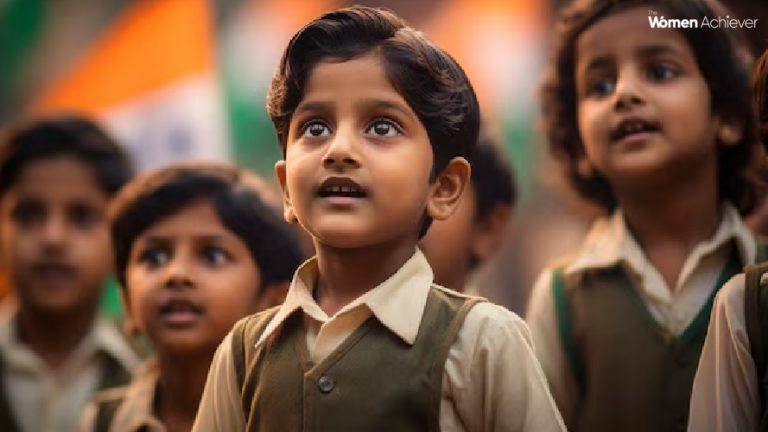Here’s about Education vs. Tradition: The Continuing Struggle for Girls’ Education in Rural India
There is a quiet revolution unfolding in the rural heartlands of India-one that pits the power of learning against deeply embedded traditions. For some young girls in these regions, the chance to attend school is a matter not just of access but of challenging established cultural custom.
The Tradition Trap
In most rural societies, the cultural position is that the girl stays at home-helping with household duties, tending to younger siblings, or getting ready for early marriage. Education is viewed as unwanted or even detrimental to her “future role” as wife and mother. These attitudes are nurtured by generation, poverty, and ignorance and therefore make it hard for change to take root.
The Cost of Denied Education
When women are excluded from schools, the consequences are immense. Illiteracy stifles their potential, restricts their economic independence, and increases their likelihood of child marriage and domestic violence. According to UNICEF, girls with no education are three times more likely to be married at age 18 than girls with a secondary education.
Emerging Champions of Change
Despite the odds, there are many who are fighting back. Grassroots-level NGOs, citizen activists, and empowered mothers are standing up against regressive tradition. Initiatives like the Beti Bachao, Beti Padhao campaign have delivered and created chatter, while neighborhood heroes-teachers who go house-to-house, or girls who travel miles to attend school-are rewriting what is possible.
Take the example of Phoolbasan Bai Yadav in Chhattisgarh, who rallied thousands of rural women in the form of self-help groups, ensuring more girls remained in school. Such examples are proof that change is possible when tradition is met with education and empowerment.
Infrastructure Still Lags Behind
Attitudes are slowly shifting, but infrastructural challenges are a hindrance. The majority of the villages lack any school infrastructure, female teachers, clean toilets, or safe transport. All these issues, though less obvious than gender bias, are equally detrimental to a girl’s education.
A Way Forward
Real development occurs in connecting education with sensitivity to culture. Parental involvement programs, incentive programs, and adopting local models as role models have been successful. More importantly, policy adherence must be accompanied by interventions that are community-based.
Conclusion: The war between tradition and education rages on, but with hope. Every girl who walks into a classroom is going against centuries of resistance. Educating a girl in rural India is not a choice—it’s a revolution.






Add comment